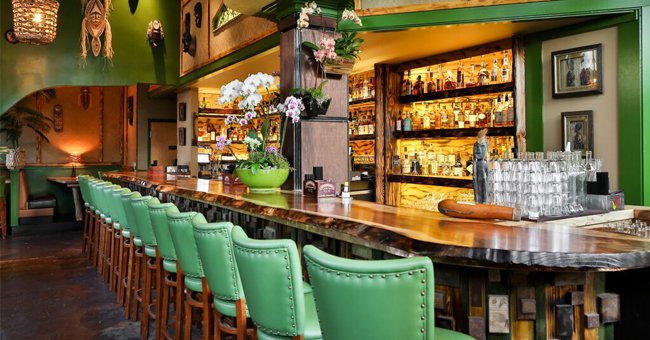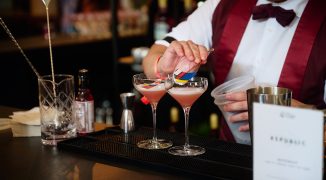Every day when she comes into work, Suzanne Long buttons up a khaki safari jacket and pulls on black leather riding boots. She ties her hair back in a slick ponytail, draping an olive scarf around her neck. She looks ready to explore unknown territory, to go on an adventure. But her surroundings are very familiar. She just wants to fit in perfectly.
As the founder and owner of Longitude, a year-old mixology bar in Oakland, CA’s rapidly developing downtown district, Long is keenly aware of how details like her attire can create a very specific atmosphere for guests. The veteran expert in international rum and tiki circles doesn’t run a tiki bar, though: she calls her establishment an “adventure” bar, a phrase that conjures at best a slightly odd tiki dive and at worst the dusty, undrinkable horrors of a Rainforest Cafe. But as much as Long loves tacky places, hers isn’t one of them.
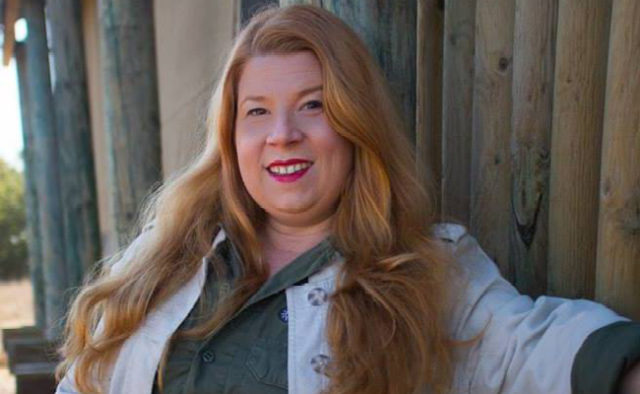 Suzanne Long, owner of Oakland “adventure bar” Longitude.
Suzanne Long, owner of Oakland “adventure bar” Longitude.
“If you went to Trader Vic’s in 1948,” she explains, referencing the nearby birthplace of the Mai Tai, “it was not a kitschy environment. It was very elegant.” Nearly sixty years later, Longitude revives that tradition of refined tropical bliss. Here, adventure isn’t a theme so much as an ideal, an updated version of the mid-century promise of escape that birthed tiki in the first place. “We live in a global culture that’s so much smaller than it was in the 1950s,” says Long. “Longitude is firmly placed in the 21st century.”
Execution of a bar that successfully communicates the nuanced difference between “adventure” and “tiki” requires deep expertise in and respect for tiki culture, things Long is proud to possess. She fell in love with mid-century architecture as a child, and when the cocktail resurgence began in the late 1990s, discovering tiki was a revelation. Here was a drinking lifestyle dedicated to the aesthetic she’d always admired – and one that badly needed rescuing from the “down, depressing, sad” 1970s, a dark time when cocktails came in bottles and tropical drinks consisted of bottom-shelf rums mixed with exceedingly sweet pineapple juice.
So it was natural that Long became the bar manager of Forbidden Island, one of the two original American tiki revival mixology bars (and just a 15-minute drive from Longitude). There, she oversaw a menu of historical drinks that delicately balanced multiple rums with fresh-squeezed juices and house-made syrups. “Forbidden Island opening was historic,” says Long. “When treated with [that level of] respect, tiki cocktails are transformative to drink.”
But true tiki has its limits: drinks must focus on rum, come from original Don the Beachcomber recipes, and have an umbrella or similar garnish. Long believed a broader perspective on tropical drinks would be worth exploring. She left Forbidden Island, taking her bartending protegeé Hilary Orr with her, to open Longitude. “I took my journey around the equator,” says Long, “and I kept going.”
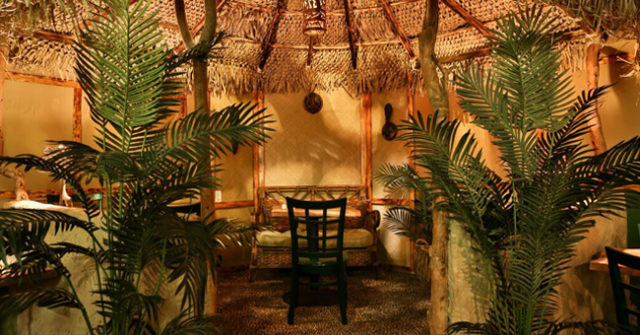 In designing the interior of Longitude, Suzanne worked with “Bamboo Ben” Bassham, a tiki bar designer whose grandfather designed the original Don the Beachcomber bar.
In designing the interior of Longitude, Suzanne worked with “Bamboo Ben” Bassham, a tiki bar designer whose grandfather designed the original Don the Beachcomber bar.
As she developed the menu, she added to traditional tiki recipes flavors from a broader range of tropical cultures: Ethiopia, India, Papua New Guinea, and several more. Spice profiles she hadn’t experienced firsthand in her own extensive travels she created in consultation with friends from those places via Skype calls – another expression of Longitude’s 21st-century identity. But even from a historical perspective, the concept holds up: 18th-century spice traders made the same journeys, blending cultures through their flavors. Says Long, “It makes sense to take a spice collection from India and infuse it into a rum or whiskey cocktail.”
She also wanted the menu to provide a quality experience to drinkers of every level. “Adventure doesn’t necessarily have to be challenging,” she explains. “A cocktail that’s simply beautiful and pleasant isn’t any less legitimate.” She points to their Malambo No. 1 – a blend of dry sparkling rosé and passionfruit – as a “charming” experience that’s just as transportive as more complex swizzle concoctions. The most experienced customers can sample any of 500 premium spirits, including 160 each of rums and whiskeys.
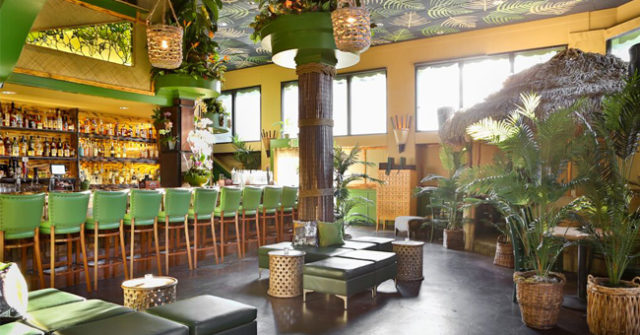 Longitude’s bar holds over five hundred premium spirits.
Longitude’s bar holds over five hundred premium spirits.
The decor also plays a key role in communicating an adventurous experience. Long worked with Bamboo Ben, whose grandfather built the original Don the Beachcomber bar, on larger pieces: the bar, bamboo wall coverings, and a large, East African-style grass hut that seats ten guests. Art from Long’s own collection hangs on the walls, including Masai shields that she’s “so glad [aren’t] just sitting in a box anymore.” But with airy ceilings and a refined color palette, the space doesn’t feel themed so much as inspired by its tropical atmosphere.
After a year of operation Long counts her bar a success. Feedback from customers and other industry locals suggests Longitude evokes exactly the elegance it’s intended to – Long often hears from visitors as diverse as the surrounding neighborhood that walking in makes them feel comfortable and at ease. She’s looking forward to expanding their educational program, which offers rum tasting classes and behind-the-bar training for home mixologists. But it all comes back to what she originally wanted to create: “A beautiful space where you can enjoy beautiful flavors and allow yourself to live that beauty.”


